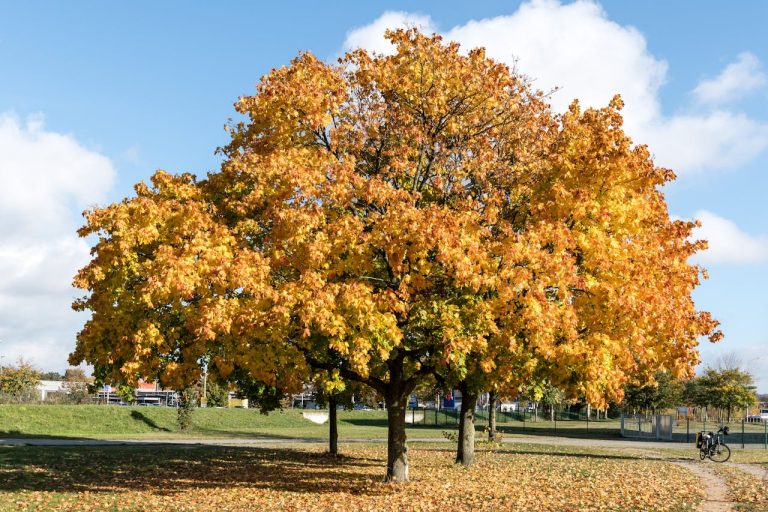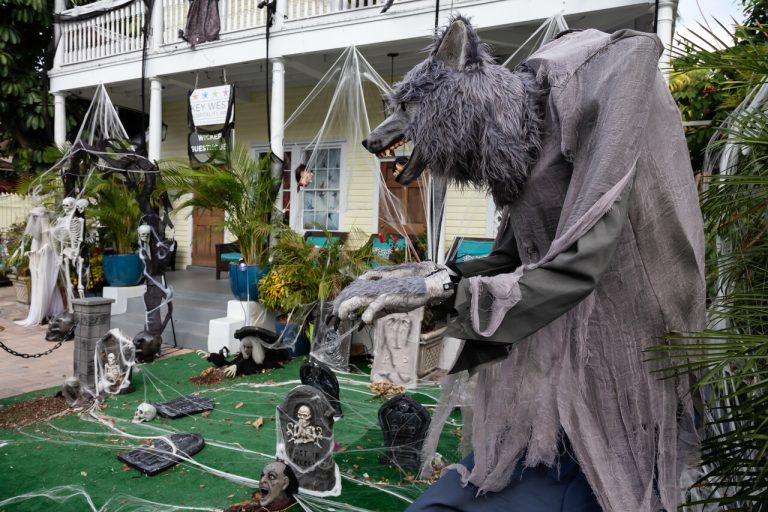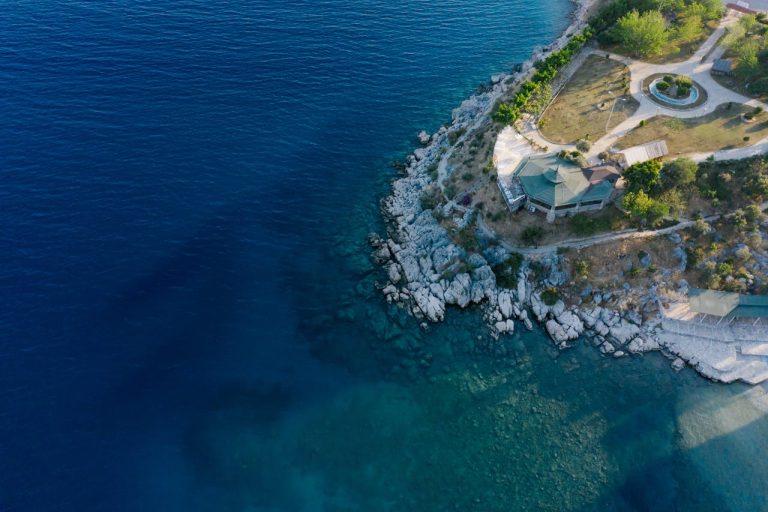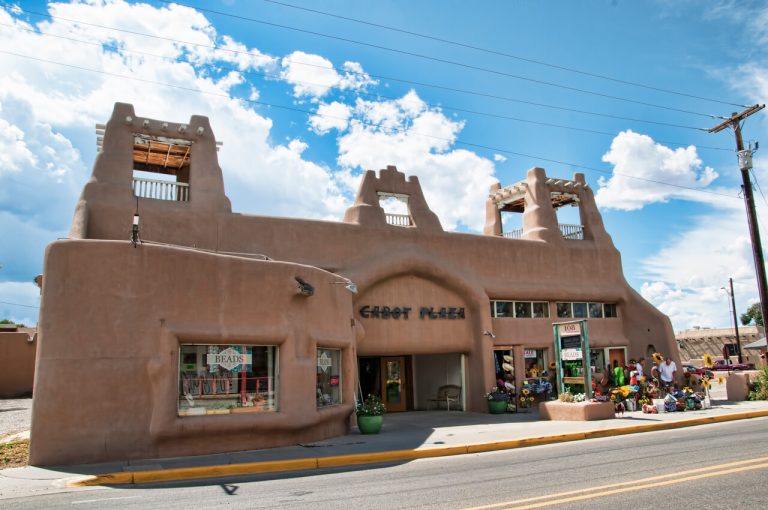Explore Ancient American Pilgrimage Routes Still Walkable Today

Across the Americas, ancient paths shaped by spiritual devotion and seasonal tradition still exist as walkable routes that connect landscapes, communities, and historic places. Many of these trails were originally traveled for worship, trade, healing, and cultural gatherings. Today, they offer modern visitors a chance to experience living heritage in motion. Whether winding through forests, across deserts, or along mountain ridges, these routes provide rare insight into the beliefs and resilience of early American cultures. Walking them invites reflection, deeper connection, and a respectful appreciation for the people who shaped these enduring pathways.
1. The Chacoan Roads of New Mexico
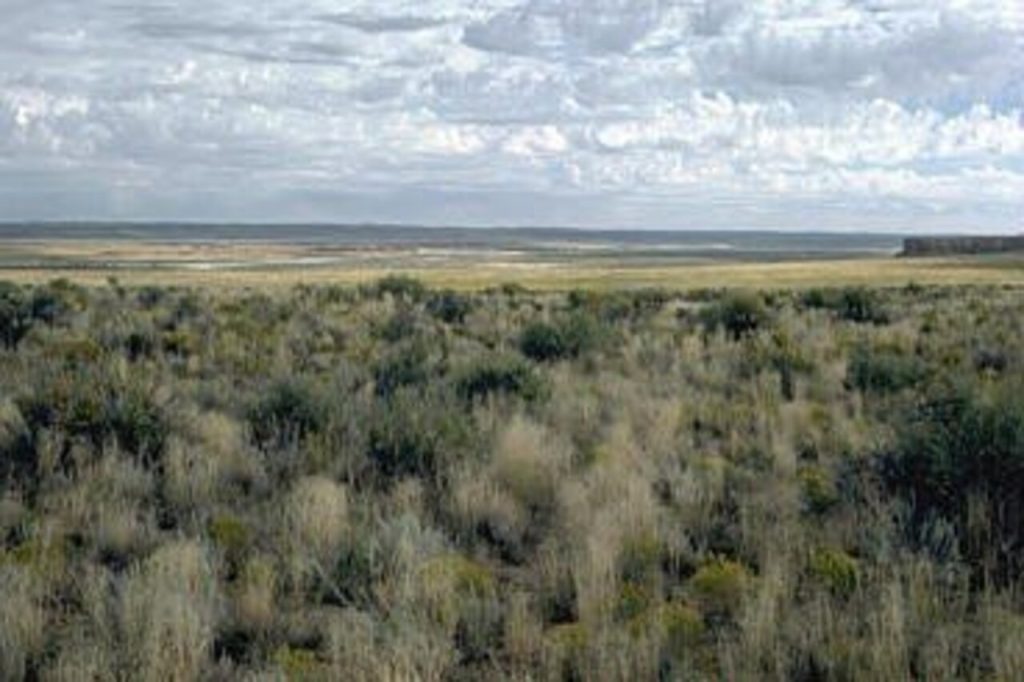
The Chacoan Roads span across the high desert and link the monumental structures of Chaco Canyon with distant outlier communities. Their layout reflects remarkable engineering that aligns with celestial events and cultural landmarks. Modern travelers can walk sections that reveal how these straight paths guided ancient pilgrims toward great houses used for ceremony and gathering. The stark beauty of mesas, open skies, and scattered ruins along the remaining segments creates a sense of timeless movement that mirrors the spiritual purpose behind their construction. Walking these preserved stretches allows visitors to experience the cultural rhythm of ancestral Puebloan life.
2. The Cahokia Woodhenge Path of Illinois

The area around Cahokia once supported a vast ceremonial complex connected through walkable routes that guided pilgrims toward plazas, mounds, and Woodhenge circles. These align with significant solar events and mark cycles central to Mississippian life. Walking the modern paths around the reconstructed Woodhenge offers insight into how gatherings unfolded and how communities interpreted seasonal change through ritual. The gentle terrain and surrounding grasslands help visitors imagine the movement of ancient processions. These routes introduce a deeper understanding of Cahokia’s complexity and its influence far beyond the Mississippi River valley.
3. The Hopewell Earthwork Corridors of Ohio

The Hopewell Earthworks include vast geometric formations connected by ceremonial pathways that once guided spiritual processions. Walking the preserved corridors at sites like Newark and Chillicothe offers rare views of earth designs that align with lunar and solar cycles. The gentle trails move through open fields, forest edges, and remnants of ancient walls that reveal the precision and artistry of Hopewell builders. Travelers can sense the importance of seasonal gatherings and long distance traditions that shaped this culture. Each stretch of path highlights a blend of engineering skill and deep cosmological meaning.
4. The Maya Sacbeob of Yucatán
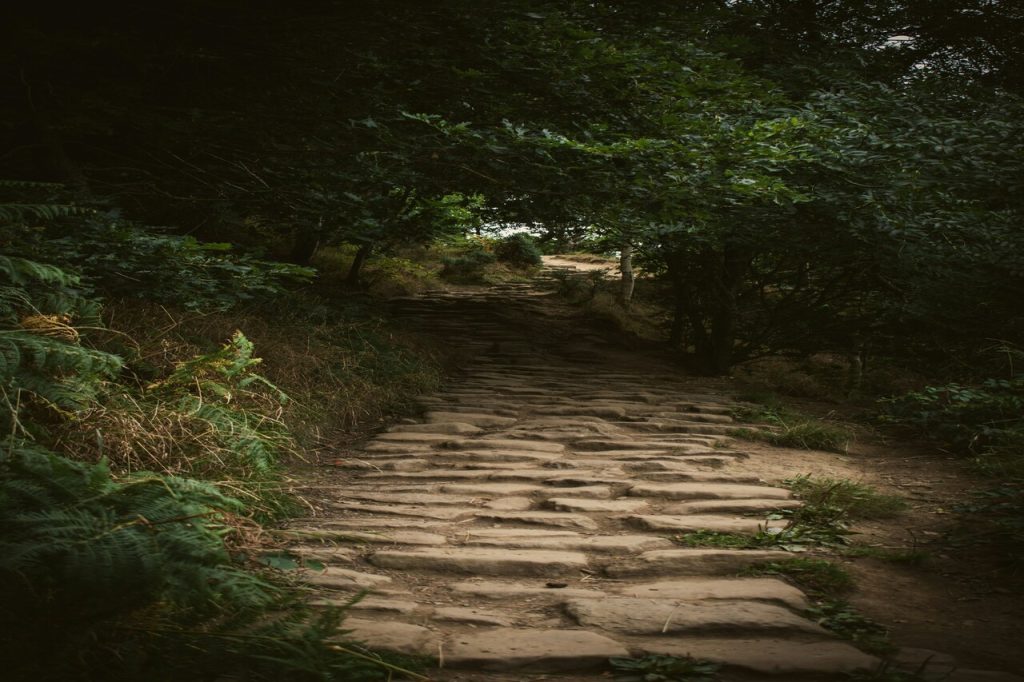
The ancient Maya built raised limestone roads known as sacbeob that connected cities, temples, and sacred cenotes. Some remain walkable today and provide a direct link to Maya cosmology and daily movement. Walking these elevated paths reveals how pilgrims traveled between centers like Coba and its surrounding settlements. The white stone surfaces once helped night travelers navigate under moonlight, which added symbolic meaning to journeys. Forest sounds and glimpses of old stonework create a vivid sense of history. These ancient routes invite mindful travel through landscapes shaped by ceremony and engineering mastery.
5. The Inca Trails Beyond the Classic Route
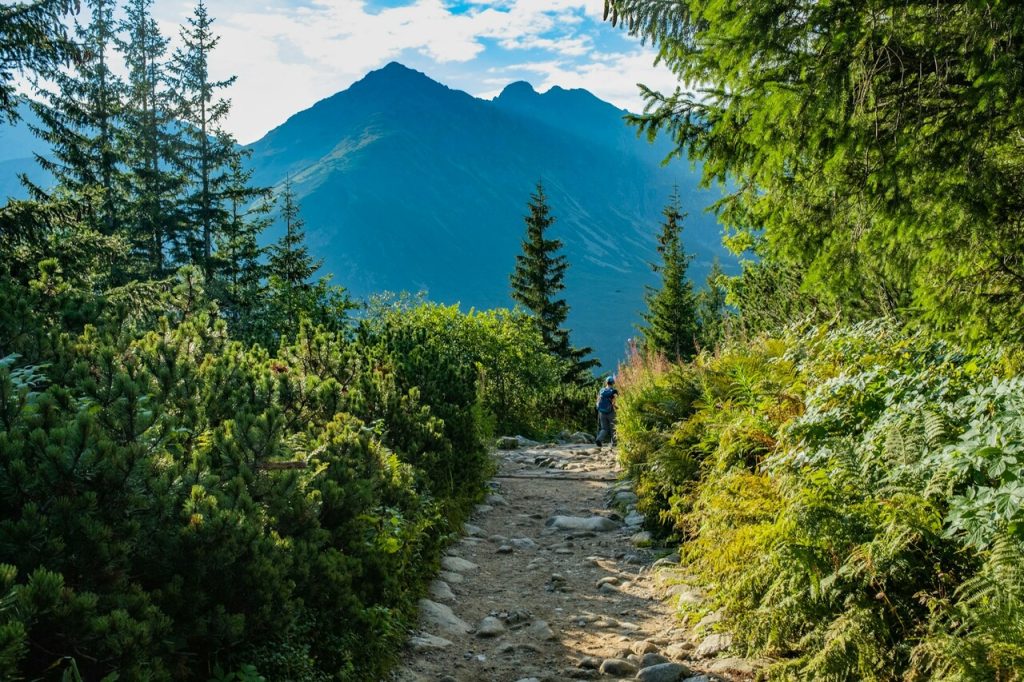
While the famed path to Machu Picchu draws most visitors, many lesser known Inca trails remain open and offer quieter experiences that reflect ancient pilgrimage traditions. These routes cross valleys, high plains, and mountain passes that once linked administrative centers and sacred peaks. Walking them reveals finely crafted stone pavements, terraced slopes, and viewpoints that guided travelers toward ritual destinations. The interplay of sky, rugged terrain, and preserved architecture highlights how spiritual meaning shaped Inca road building. These lesser walked paths allow a deeper connection to Andean heritage without the crowds.
6. The Anishinaabe Midewiwin Pathways of the Great Lakes
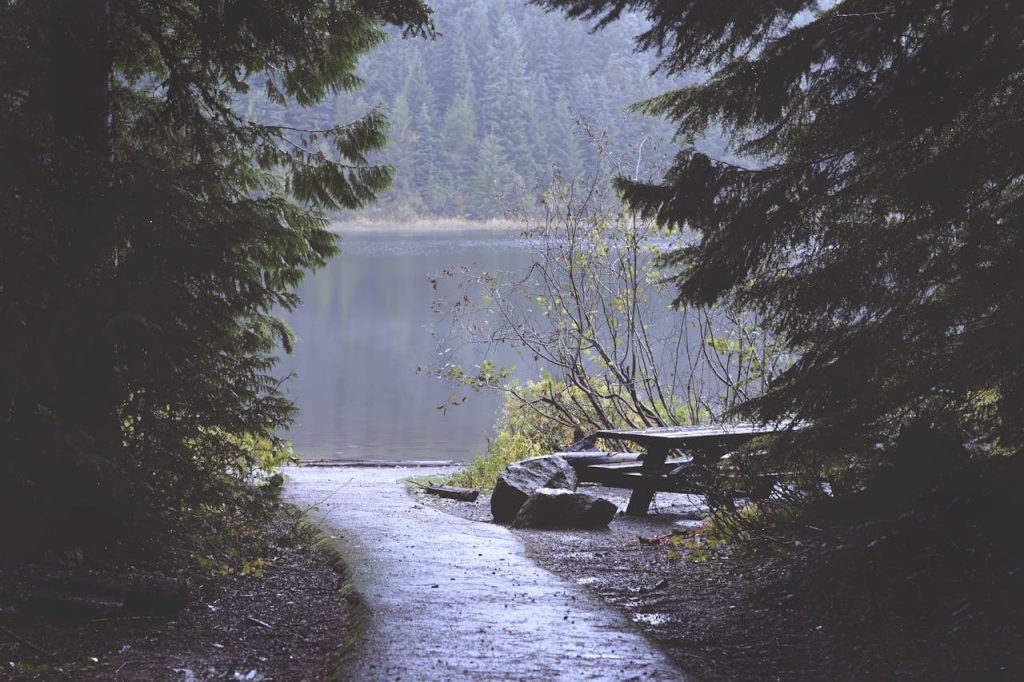
Anishinaabe communities followed interconnected routes for Midewiwin ceremonies, seasonal gatherings, and teaching traditions. Modern trails across forests and lakeshores echo these paths and preserve the rhythm of movement that carried stories, songs, and healing practices. Walking them introduces calm landscapes shaped by birch groves, water crossings, and gentle rises that mirror cultural values of balance and respect. Trail markers and interpretive sites help visitors understand how these routes supported community life. The walk fosters appreciation for the living heritage that continues to guide Anishinaabe identity and spirituality.
7. The Pueblo Pilgrimage Path to Tozi K?oy in Arizona
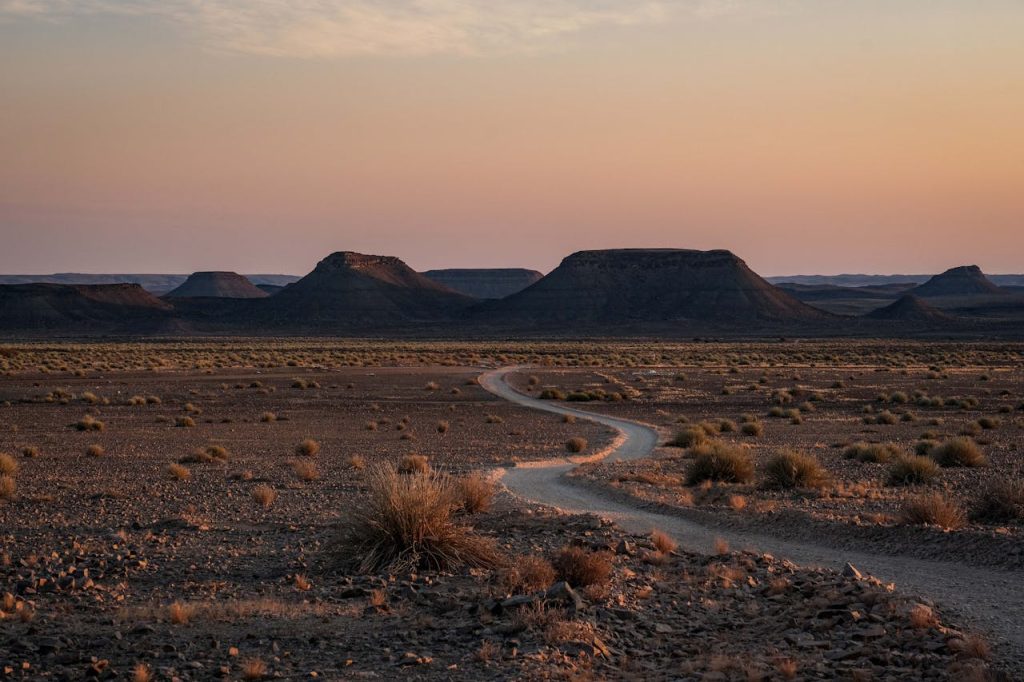
This route leads toward a significant volcanic peak long associated with ceremony and cultural origin stories among local Pueblo groups. The trail moves through desert brush, scattered rock formations, and quiet open spaces that heighten the sense of journey. Pilgrims once traveled to honor seasonal cycles and ancestral connections. Walking today reveals subtle footprints of ancient use, along with views that stretch across plateaus and distant ridges. The path invites reflection on the relationship between landscape and belief. Each step underscores the importance of preserving sacred spaces central to community traditions.
8. The Cherokee Path to Kituwah in North Carolina
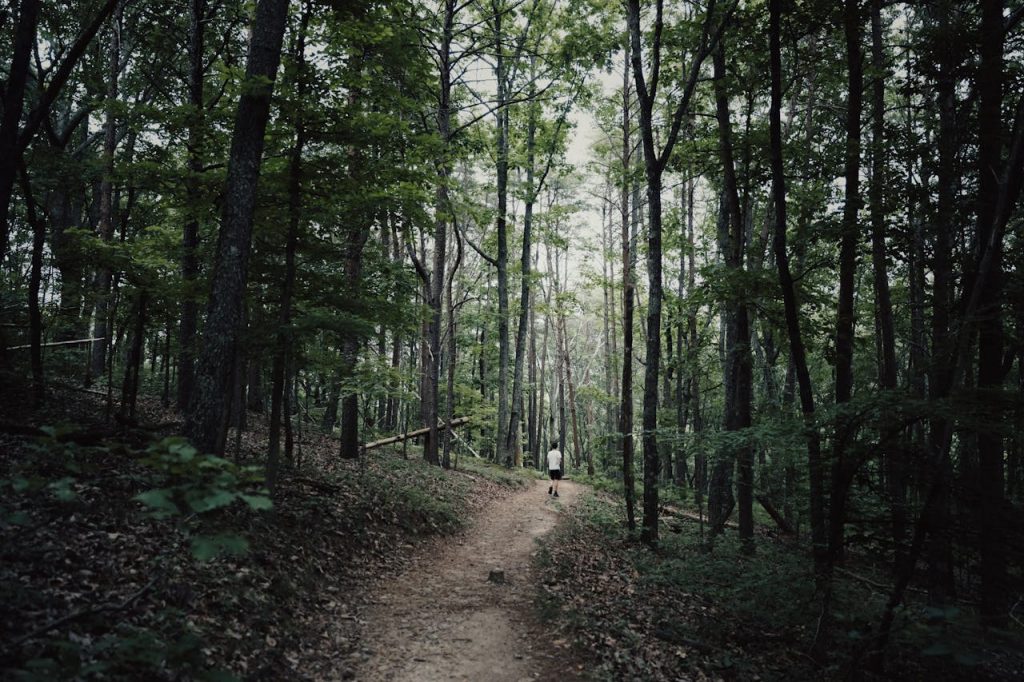
The ancient route to Kituwah followed gentle mountain valleys and forested ridges that led Cherokee communities to their mother town. Walking parts of this historic path reveals how geography supported cultural gatherings, governance, and ceremony. The modern trail offers quiet views of hardwood forests, open meadows, and river bends that echo centuries of movement. Interpretive signs help visitors understand how Kituwah remains a living symbol of origin and renewal. The landscape encourages thoughtful travel that respects the enduring significance of this ancestral center and the continuity of Cherokee traditions.
